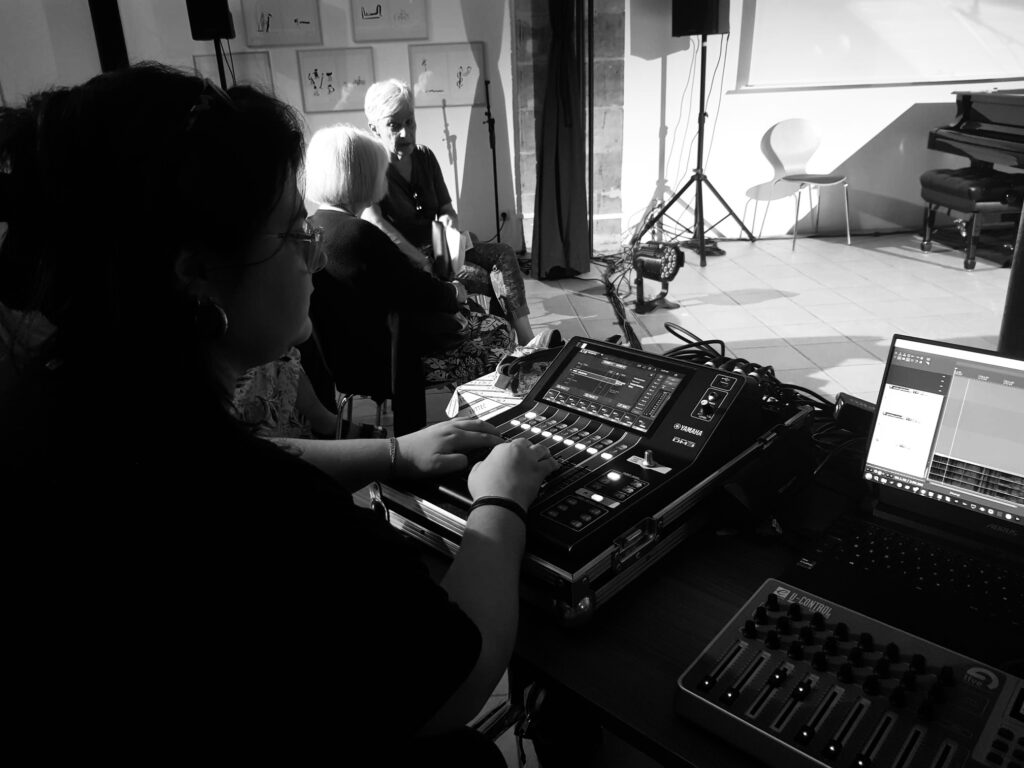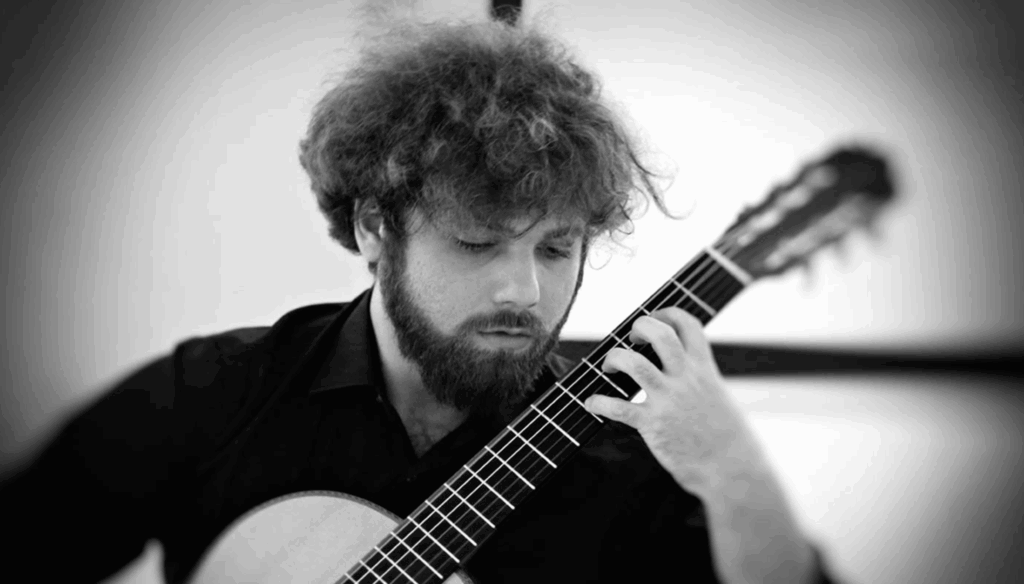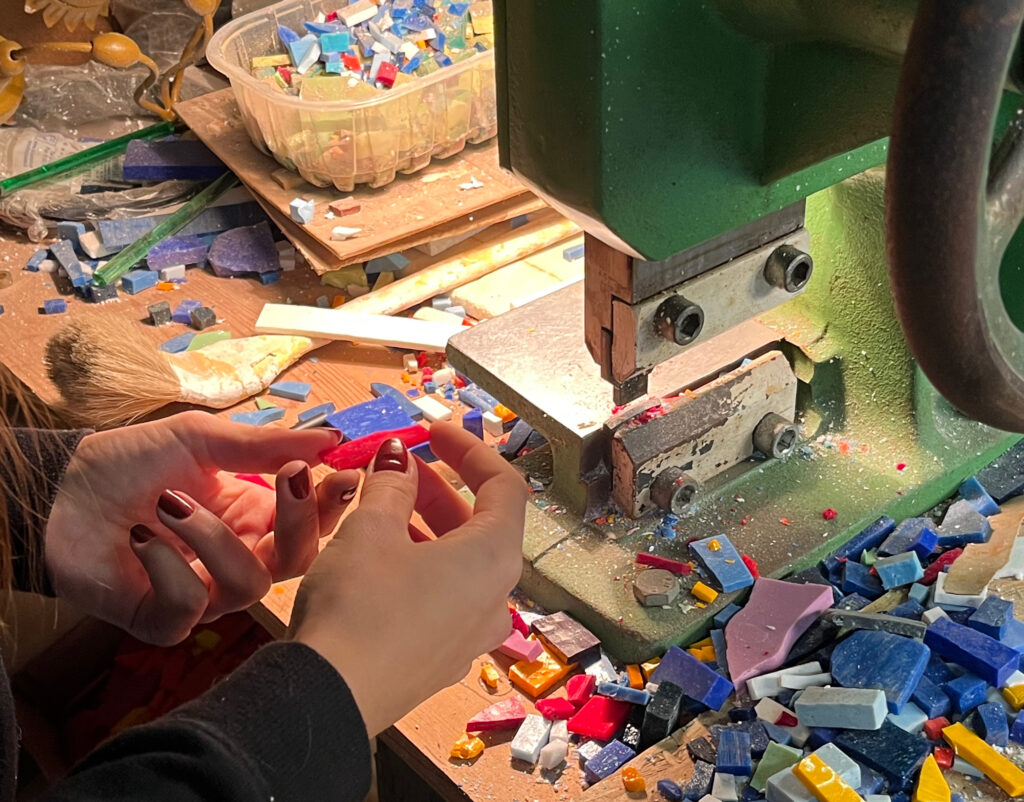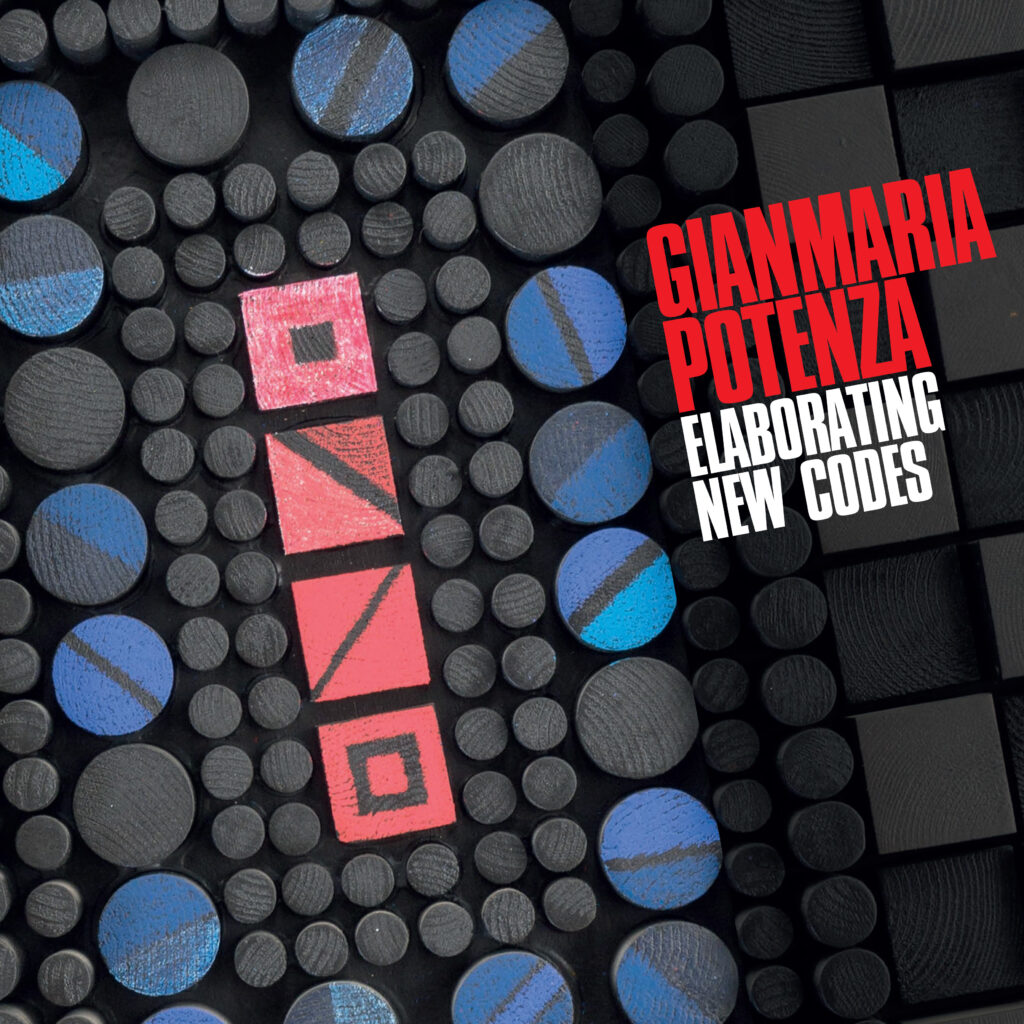Alberto Radossi is the winner of the call “Translating Potenza’s Art Into Music”

The Vicenza-based percussionist Alberto Radossi (ReDoSi) is the winner of the Translating Potenza’s Art Into Music competition.
The call was open to musicians and composers under 36, inviting them to translate the visual language of Gianmaria Potenza’s artworks into original musical and performance-based compositions.
The jury, composed of Gianmaria Potenza, Giovanni Mancuso (Benedetto Marcello Conservatory of Venice), Andrea Granitzio (Sciola Foundation of San Sperate), Francesca Scigliuzzo (University of Pavia), and the internationally renowned composer Pino Donaggio, awarded Radossi for his performance, which featured improvisation with vibraphone, agricultural tools, and audio technologies. His work stood out for its ability to interpret Potenza’s artworks, echoing the compositional principles that have shaped the artist’s practice throughout the technological and cultural changes from the 1980s to the present day. The performance created a meaningful dialogue between sound and visual art, capturing the material and conceptual essence of the Elaboratori.
In his project, Radossi identifies within the visual structures of the Elaboratori a personal and coherent grammar of gestures and sonic signs. The material surfaces, geometries, and chromatic contrasts found in Potenza’s work become guiding principles for a structured and timbrically rich improvisation. The sound does not describe the artwork; rather, it adopts its formal processes, creating a sonic space that conveys the physical presence and complexity of the sculptures.
Born in 2002, Radossi studied percussion in Vicenza, Padua, and The Hague, where he is currently completing the final year of his Bachelor’s degree at the Royal Conservatory. Active as both a soloist and ensemble performer, he collaborates with the improvisation group La Maquina and the percussion collective HIIIT. His artistic research focuses on the intersections between music, visual art, and performance.
Special Mentions
Given the diversity of the submissions, the jury decided to award two Special Mentions, recognising distinct performative, interpretative, and compositional approaches to Potenza’s work.
Elisabetta Costantino – Environment 1: Elaborator 58

The project takes its starting point from the work Elaboratore 58 and develops an interpretation focused on the aesthetics of the virtual. The visual grammar of the piece is translated into a digital sonic environment that is generative and constantly evolving. Moving rhythmic patterns are progressively processed electronically, gradually dissolving into a rarefied soundscape dominated by digital transformation, before concluding in an extreme essentiality, with sparse rhythmic gestures and the computer alone closing the performance.
The work can be experienced either as a performance guided by the performer, who follows a sequence of scenes, or as an installation in which the audience interacts unknowingly with the digital environment. The use of visual symbols, objects, and artificial intelligence makes it possible to introduce real distortions into the virtual space, generating sonic traces that are unique and unrepeatable.
The jury awarded a Special Mention to Costantino for the originality of her artistic language and for her ability to translate the visual work into an immersive experience, thereby creating a dialogue between the physical and virtual environments.
Costantino (born 2001) is currently studying electroacoustic composition at the F. Morlacchi Conservatory in Perugia and has further explored music informatics and composition at the Conservatoire National Supérieur de Musique et de Danse de Lyon.
Nicola Antonio Staffieri – Solo guitar composition inspired by Elaboratore 46

Staffieri translates Elaboratore 46 into a solo guitar composition built around three interpretive principles he identifies in the work: three-dimensionality, modularity, and dynamism.
The three-dimensional quality of the work, created by the relief of its modular forms, is conveyed through dynamic contrasts and the varied timbral possibilities of the guitar, which allow different sonic planes to emerge. The principle of modularity—recalling a mosaic composed of similar but not identical elements—shapes the piece’s structure: nine short sections whose thematic variations form the core of the composition. Finally, dynamism is suggested through shifting meters and an ongoing sense of tension and development, evoking internal movement and continuous transformation.
Staffieri’s work also stands out for its thoughtful dialogue between visual and musical codes: the Elaboratore, understood as a primitive instrument with its own space-time dimension, is mirrored through the use of suspended intervals—such as fourths and sixths—which give the musical language an essential yet expressive character. The jury acknowledged the strength of Staffieri’s musical writing and the coherence between his compositional research and the visual work that inspired it, recognising its precision and formal clarity.
Staffieri (born 1992), guitarist and mandolinist, trained at the Niccolò Piccinni Conservatory in Bari. He has won numerous competitions, including the Golden Classical Music Awards, and is active both in performance and teaching.
Final Concert
The selected projects will be presented in concert on December 9, 2025 at 6:00 PM at the Benedetto Marcello Conservatory in Venice. Admission is free, subject to availability.
CONCERT INFORMATION:
December 9, 2025
6:00 PM
Benedetto Marcello Conservatory
San Marco, 2810 – 30124 Venice
Free admission.
A COLLATERAL EVENT OF THE EXHIBITION “GIANMARIA POTENZA. ELABORATING NEW CODES”



